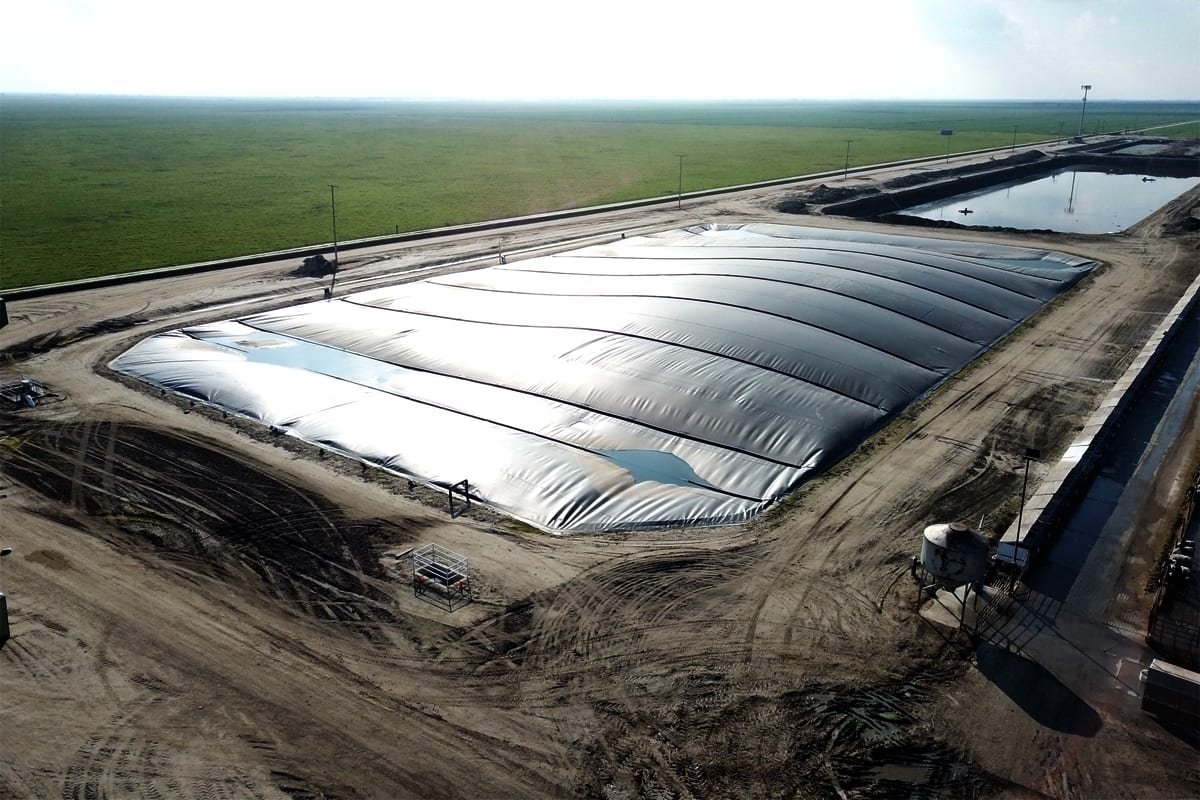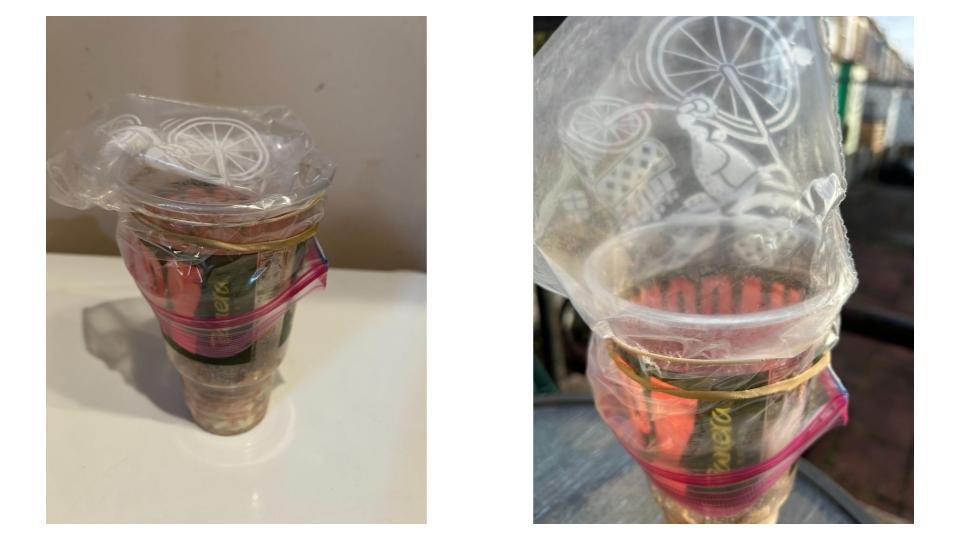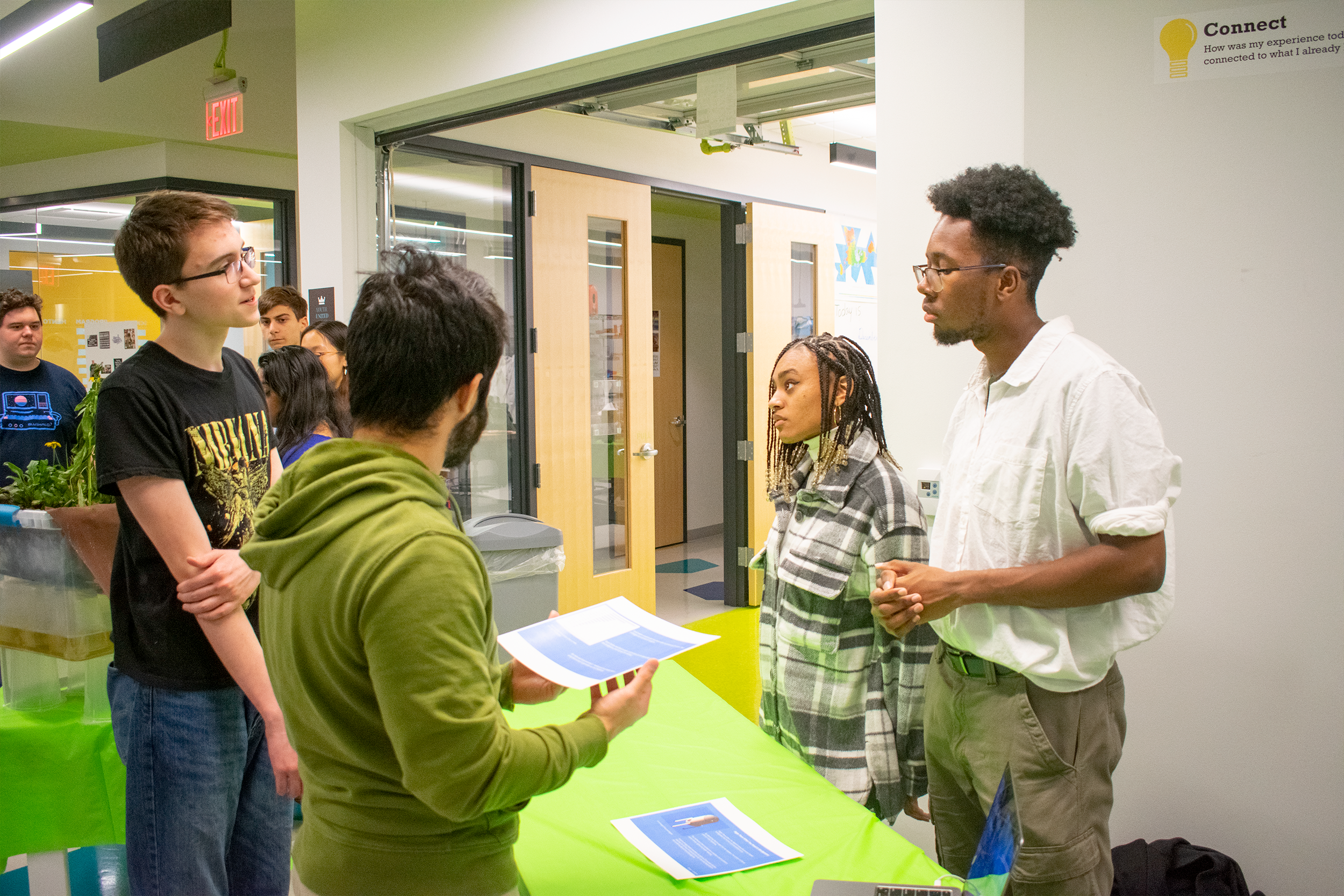A Biodigester for the Home: From Food Waste to Power
Food waste is a global problem that has significant environmental, economic, and social consequences. According to the United Nations Food and Agriculture Organization, approximately one-third of all food produced in the world is wasted each year. This equates to around 1.3 billion tons of food going to waste annually (1). In developed countries, much of this waste occurs at the consumer level, with households and businesses throwing away perfectly good food because it has reached its expiration date or because it does not meet aesthetic standards.
The disposal of food waste also poses problems. In many cases, when food waste ends up in landfills, it decomposes and releases methane, a greenhouse gas that is approximately 28 times more potent than carbon dioxide in terms of its global warming potential. Methane emissions from landfills are the third largest source of methane emissions in the United States and the second largest source globally.
Reducing food waste and improving food waste management practices can significantly reduce emissions and mitigate the impacts of food waste on the climate.
Meet the Team
Laniyah and Tyree are 17-year-old students from Mastery Charter Shoemaker Campus in Philadelphia. They are both aspiring mechanical engineers, with Laniyah dreaming of one day working at NASA.
As part of their journey towards becoming successful engineers, they have decided to participate our program. Tyree and Laniyah believe that by working together they can make a positive impact on the world and contribute to the development of a more clean and sustainable future.
Project conceptualization
During their research, the team discovered that food waste creates a high amount of methane through the process of decomposition. When food waste ends up in landfills, it is buried under layers of garbage and exposed to anaerobic (oxygen-free) conditions. Under these conditions, bacteria begin to break down the organic matter in the food waste, releasing methane as a byproduct. This occurrence may not initially seem like an opportunity, but for years people have utilized biodigesters to harness the power of this natural chemical process.
Biodigesters are devices that use the natural presence of bacteria in food waste to break down organic matter into methane and carbon dioxide. This process, called anaerobic digestion, occurs in the absence of oxygen and is similar to the process that occurs in landfills. However, unlike in landfills, the methane produced by biodigesters is captured and can be used as a renewable energy source. There are different types of biodigesters, including batch, continuous flow, and plug flow, but they all work by introducing organic matter into a sealed chamber where it is mixed with naturally occurring bacteria. As the bacteria break down the organic matter, they produce methane and carbon dioxide. The methane can then be collected and used to generate electricity or heat. The carbon dioxide can also be captured and used in a variety of applications (2).
Biodigester Schematics via Renewable World
Biodigesters can generate renewable energy, decrease the volume of organic waste, reduce the need for landfill space, and also lower greenhouse gas emissions by capturing and using methane that would otherwise be released into the atmosphere.
Currently, biodigesters are primarily used in industrial settings, including farms and food processing facilities, but Laniyah and Tyree decided to explore the opportunity to make this solution available for the home, with the goal of reducing the financial burden on households by creating a new source of energy and reducing food waste.
According to the United States Department of Agriculture, the average home in the United States wastes approximately 230 pounds of food per year. This accounts for a significant portion of the total food waste generated in the country, which is estimated to be over 37 million tons annually (3). For this reason, the team asked themselves:
What if we turned domestic organic food waste into a source of energy for the household?
Biodigester Prototype Before-and-After
A Biodigester for the Home
For their final project, Laniyah and Tyree decided to create a small biodigester for the home as a way to address the problem of food waste and provide a new source of energy for households. They recognized that food waste is a significant problem, both environmentally and financially, and that there is a need for solutions that can help reduce waste and provide alternatives to traditional energy sources.
The team conducted extensive experiments with a small prototype biodigester to test its ability to produce methane from food waste. They found that food waste is capable of producing 2.5 cubic feet of biogas per pound of material. This biogas can then be converted into usable energy, with 27 cubic feet of biogas equivalent to about an hour of power for a household. Given that the average American family generates around 230 pounds of food waste per year, the potential for energy production and financial savings is significant.
Laniyah and Tyree's solution of bringing biodigesters into the home has the potential to have a positive financial impact on households as it could help save money on energy bills by using the methane produced from food waste as an alternative energy source. From an environmental perspective, biodigesters could also help reduce greenhouse gas emissions by capturing methane that would otherwise be released into the atmosphere and eventually reduce the volume of organic waste, which would reduce the need for landfill space. In addition to the financial and environmental benefits, biodigesters could also help people living in the household see food waste as a resource rather than something to be discarded.
The Team at their Product Showcase in Philadelphia
Conclusion
While the team has made significant progress in developing their small biodigester for the home, there is still a long road ahead.
There are a number of challenges that must be addressed in order for the solution to be successful, like designing the best way to integrate the biodigester into households, developing a more refined version of the product that will ensure that the methane can be safely and efficiently converted into usable energy, and research optimal methane-making conditions to ensure that the biodigester is able to produce methane efficiently and consistently.
Despite these challenges, the team is hopeful and believes that their solution has the potential to promote a more sustainable and efficient way of living. They are committed to continuing their work and exploring ways to overcome these challenges in order to make a positive impact on the environment and create a cleaner future for everybody.
Thank you!
Reference List
Tackling food loss and waste: A triple win opportunity, https://www.fao.org/newsroom/detail/FAO-UNEP-agriculture-environment-food-loss-waste-day-2022/en
Types of Anaerobic Digesters, https://www.epa.gov/anaerobic-digestion/types-anaerobic-digesters
United States 2030 Food Loss and Waste Reduction Goal, https://www.epa.gov/sustainable-management-food/united-states-2030-food-loss-and-waste-reduction-goal





